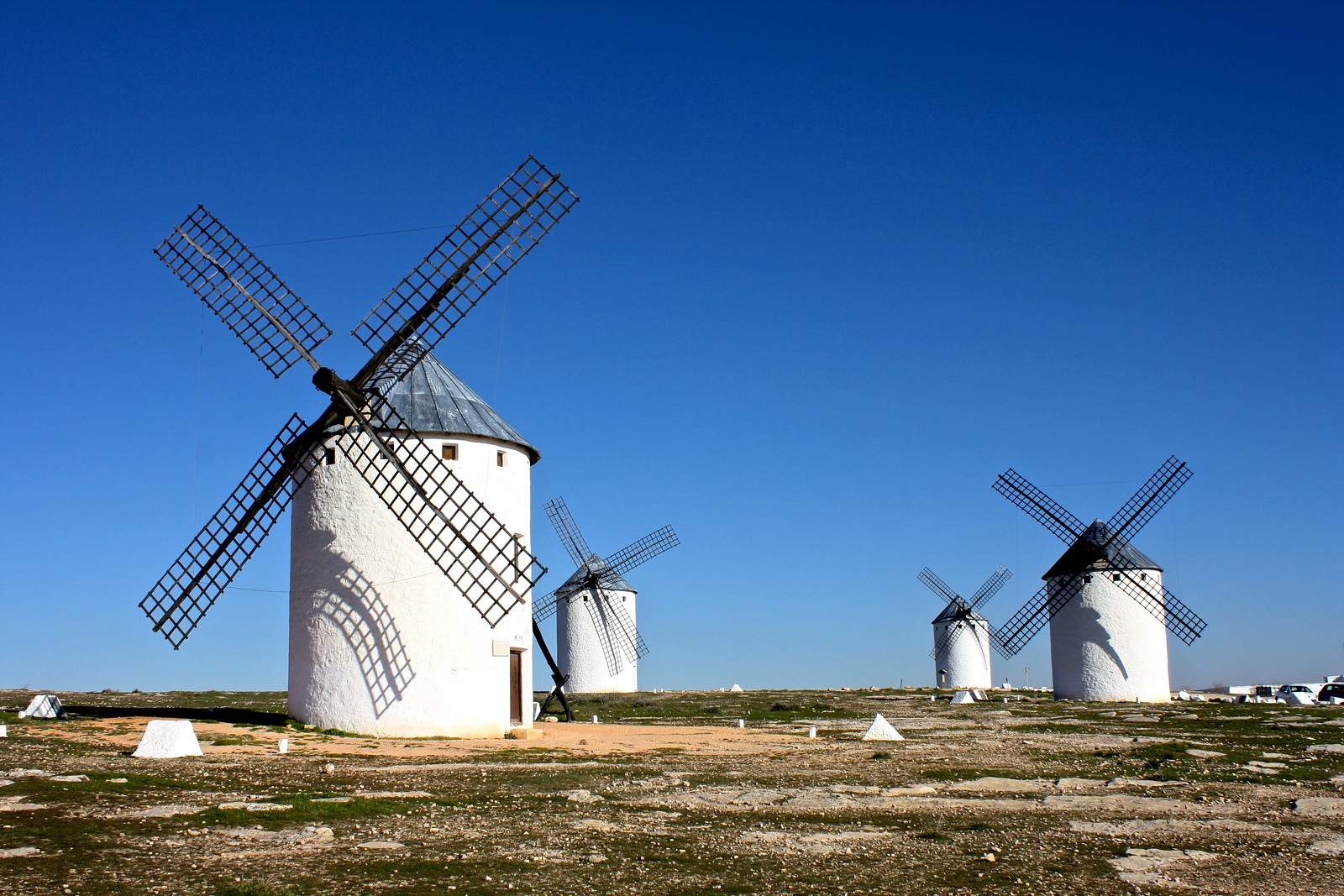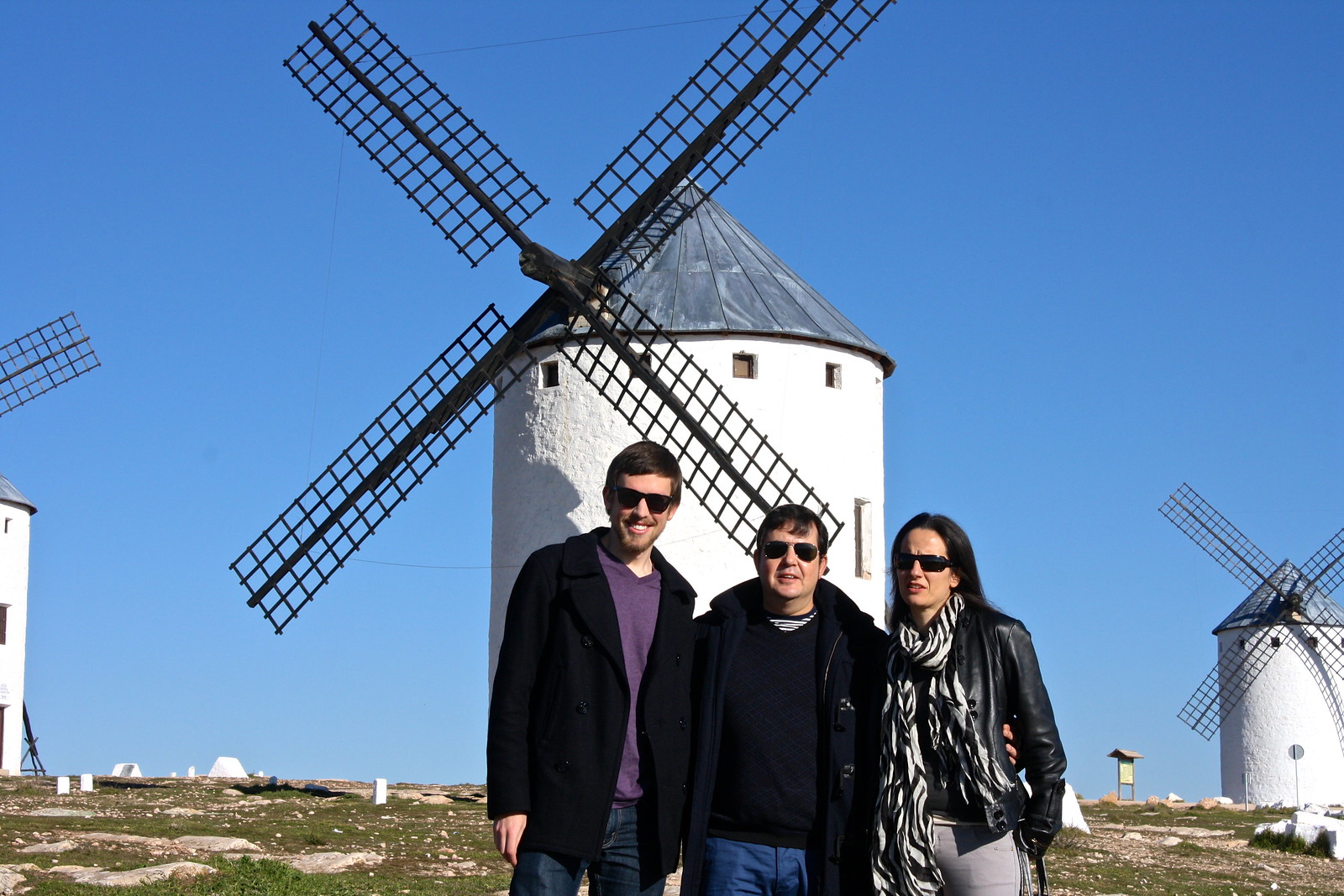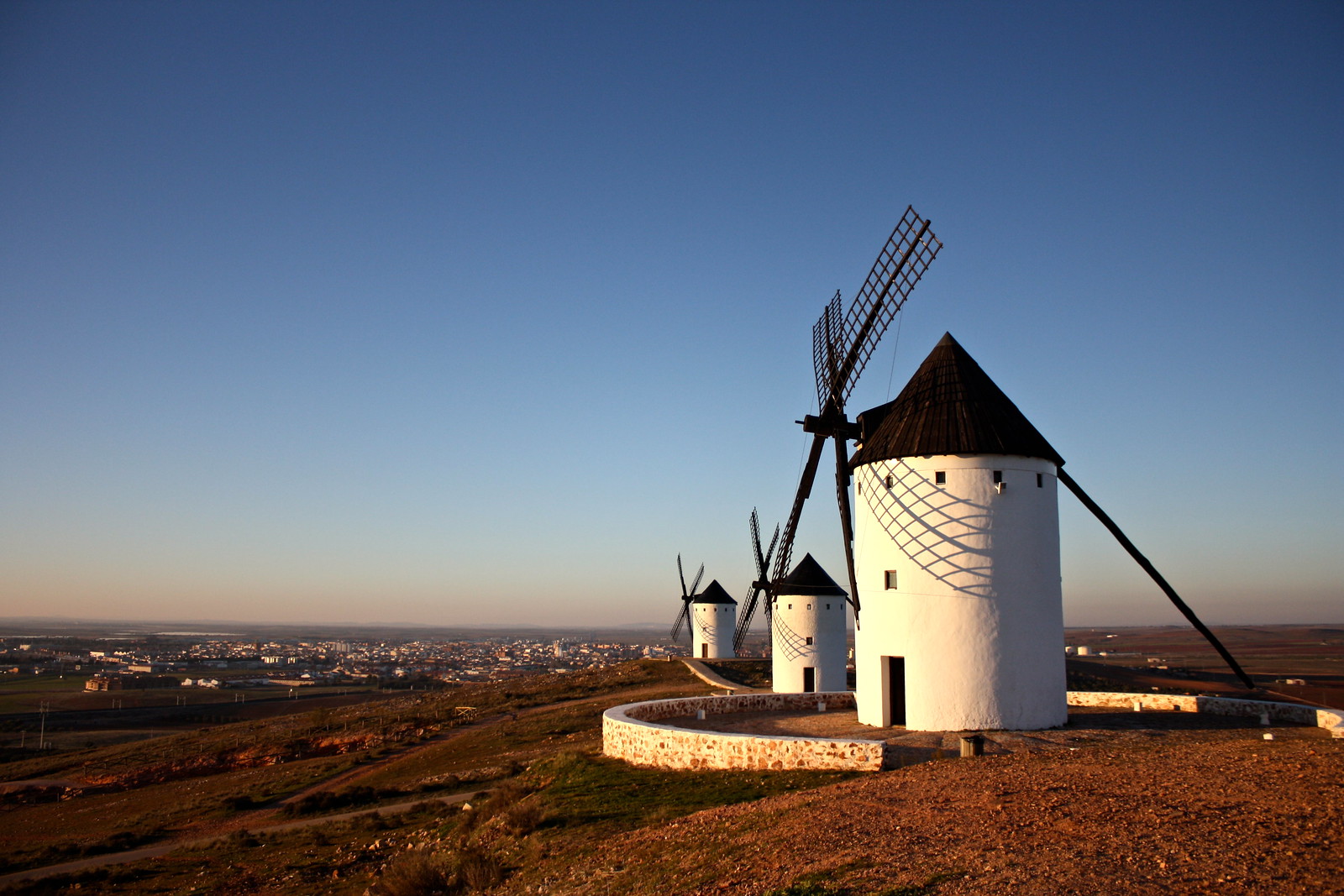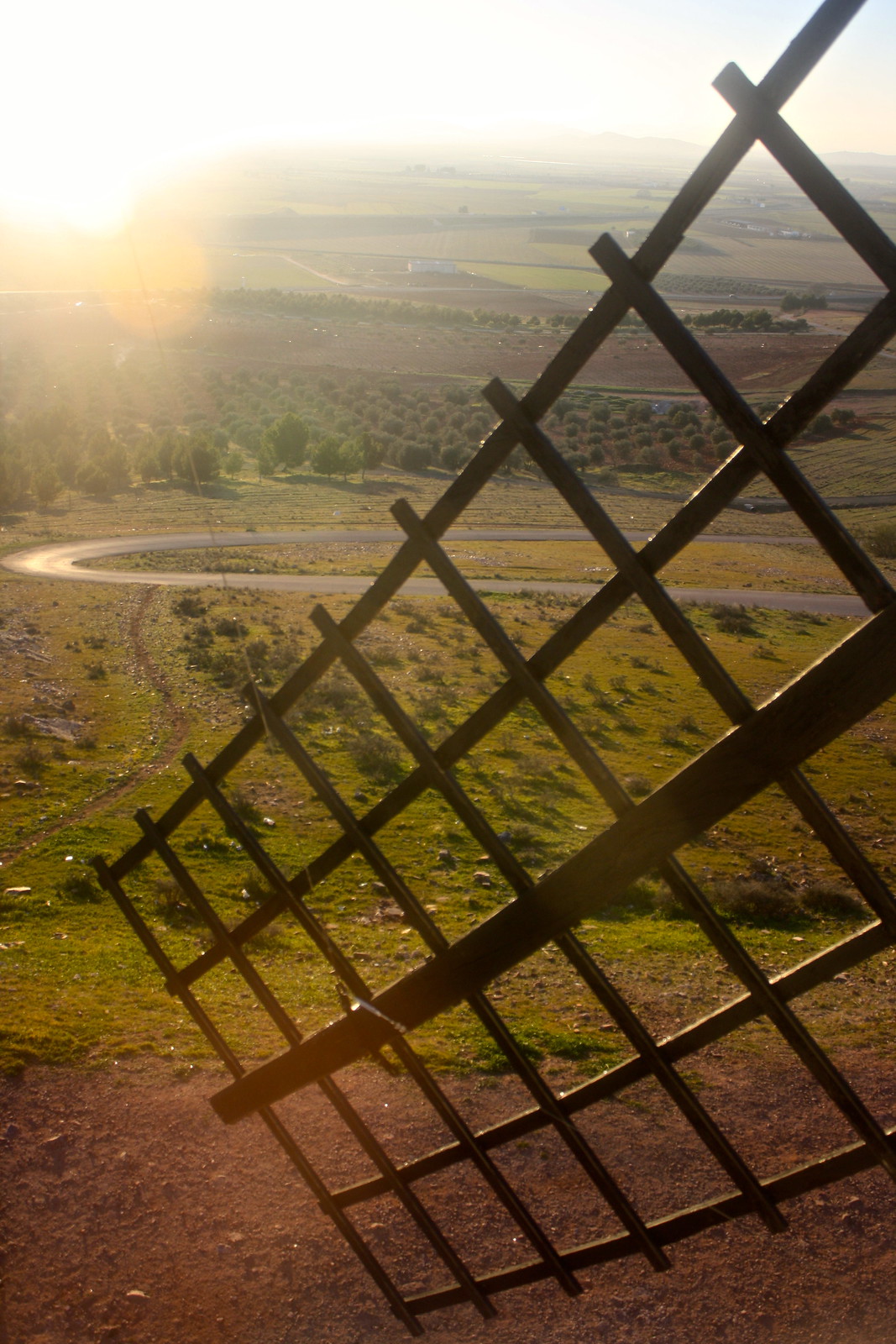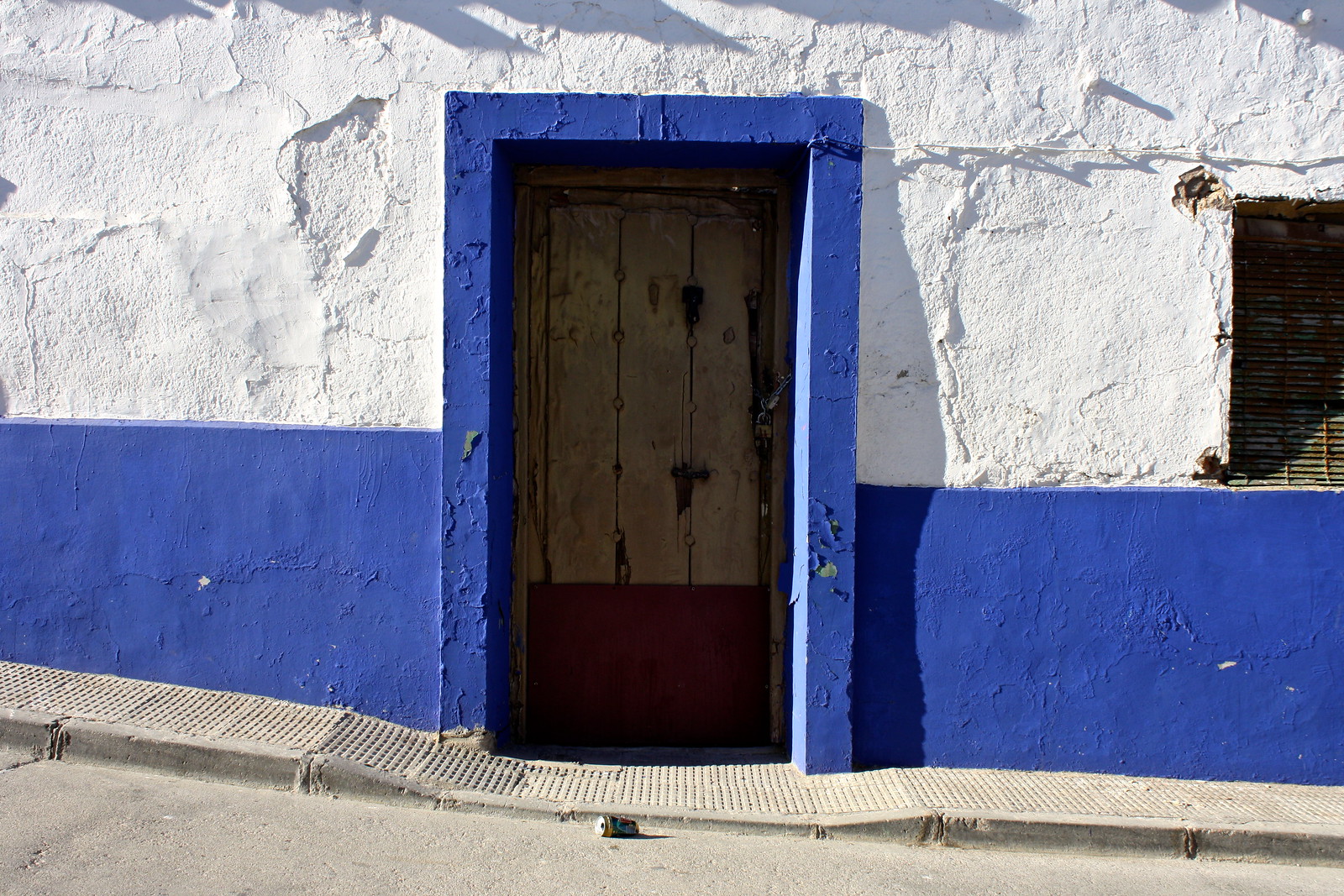Right before I came back home to Úbeda from traveling across
France and northern Spain, I stopped off for two nights in a medium-sized town called
Alcázar de San Juan about two hours south of Madrid in the flat region called
La Mancha. How did I end up here, you ask? Well, in late December I was telling the parents of one of my private English class students about my plans for Christmas break, how I was going to make a loop around western Europe, and they were so kind as to invite me to stay with them in their hometown of Alcázar for the
January holiday of Reyes (Epiphany). Naturally, I took them up on their offer and had a wonderful time speaking Spanish, learning about how in Spain the Wise Men take over Santa Claus’ gift-giving, and getting to know a little-visited yet very typical Spanish part of the country.
In between cleaning up the house from the big Reyes dinner and presents-opening fiesta from the night before and heading back south to
Úbeda, the family took me to
Campo de Criptana, the next village over that is famous for its collection of
ten well-preserved traditional windmills. Yes—Don Quixote-style windmills. I freaked out; they were so cool!
It must have been junior high or high school when I had to read the entire first volume of
Don Quixote for summer reading and it took me the ENTIRE three months to plow through the translation. I’ll be honest, I didn’t enjoy it, although the small tales a character would recount here and there were fun. I remember thinking, “Just because it was the
first novel
doesn’t mean it was a
good novel…ugg.” I know, so sassy and angsty. I don’t think any of us got anything out of that book except for an understanding of the word “quixotic” (do you pronounce it “kee-hoh-tik” or “kwix-oh-tik”?), although it was probably the first encounter with Spanish culture most of us had outside of Columbus sailing the ocean blue on the Niña, the Pinta, and the Santa María.
In the novel, the protagonist Don Quixote of La Mancha, having read far too many medieval romances of knights going on valiant quests, sallies forth and looks for chivalric deeds to, uh, do. Early on in the story he encounters windmills (such as the ones you can still find today in the region), and,
confusing them for giants because he is c r a z y,
intends to battle them. Thankfully his squire Sancho Panza brings him back down to earth and informs him that it’s just windmills he sees on the hill.
Because of this novel (or perhaps because of the popular Broadway adaptation
The Man of La Mancha), the region’s windmills have become quite the destination for tourists who want to either have centuries-old literature come to life or act out their own quixotic fantasies (pun intended).
Back in Alcázar de San Juan, we drove up the hill outside of town at sunset and meandered around Alcázar's four windmills, two of which were open: one of them housed a little science museum about the region’s ecosystem, and another had a restored grain mill that I was told is used once a month for educational purposes. On the top floor of the windmill were 16 small, square windows used for determining which direction the wind was blowing (and to determine which way to orient the wind-catching sails).
All 16 “winds” each had a different name.
But there’s so much more to La Mancha (or at least Ciudad Real province) than windmills and a cheesy tourist industry that takes way too much advantage of a 400-year-old book. Many of the houses in the
pueblos (villages) here are painted in a
traditional blue-and-white color scheme, which I was reminded of while traveling in
Chefchaouen, Morocco, a few weeks ago. The walls recall the nearby whitewashed windmills standing against a pure blue sky.
This unassuming region is also home to one of my favorite Spanish foods,
pisto manchego. “Pisto” is usually translated as “ratatouille,” but since many of us aren’t that familiar with French cooking, it’s a simple, tasty dish of slowly stir-fried/steamed zucchini, eggplant, red peppers, and green peppers, all mixed together with a Spanish
sofrito sauce of garlic, onions, and tomatoes. Of course, recipes will vary from grandma to grandma, but this tomato- and veggie-based plate is hearty comfort food and a vegetarian anomaly in
jamón-crazy Spain. While in Campo de Criptana, we ordered some pisto as a side dish, but as a main course it’s usually served with a fried egg and lots of bread for sopping up the flavors.
Have you read Don Quixote before? Does visiting windmills sound fun or would it be a grind for you (excuse the pun)? Comment below!


